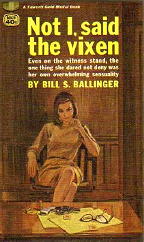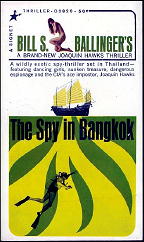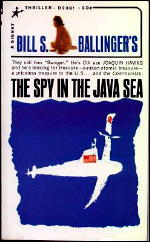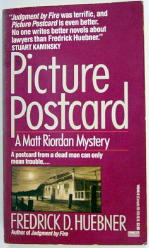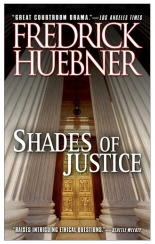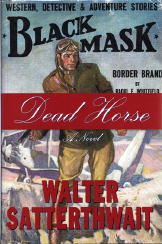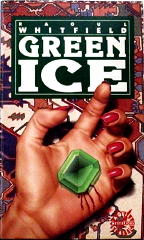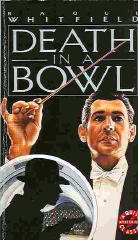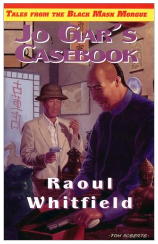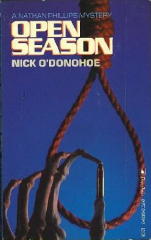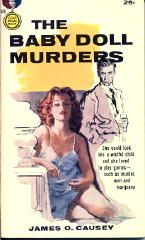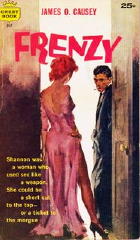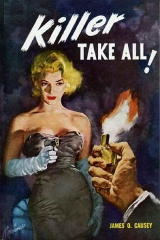Sun 7 Dec 2008
Addenda to CRIME FICTION IV – Robert Charles to Lee Child.
Posted by Steve under Authors , Crime Fiction IV , Crime FilmsNo Comments
I’ve been continuing with the alphabetized listings for the online Addenda for the Revised Crime Fiction IV, by Allen J. Hubin. I’m now in the C’s, as you may recall.
Note that many of these new listings are of film versions of stories and novels already included in CFIV. If such is the case, bibliographic details for the books themselves are omitted.
CHARLES, ROBERT. Pseudonym of Robert Charles Smith, 1938- . Other pseudonym: Charles Leader. Author of numerous spy and adventure novels included in the Revised Crime Fiction IV. Add the titles below, and SC: Capt. Mark Falcon = MF, for the two books so indicated.
Falcon SAS: Blood River. Linford pb, 1999. Setting: Borneo. MF
Falcon SAS: Firestrike. Linford pb, 1999 MF
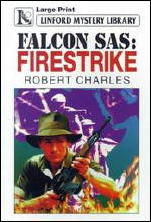
Persons Reported. Linford pb, 2000
CHARLES, THERESA. Pseudonym of Irene Maude Mossop Swatridge, 1905-1988 & Charles John Swatridge, 1896-1964. Add birth and death dates. Under this name, the author of seven books published in the US as gothic romances. Other pseudonyms for Irene Swatridge: Leslie Lance & Jan Tempest. For a short discussion of this author’s books, see this earlier post on the Mystery*File blog.
CHARTERIS, LESLIE
The Saint Goes West. Show second film as: Lux, 1960, as Le Saint mène la danse, aka The Dance of Death (scw: Albert Simonin, Jacques Nahum, Yvan Audouard; dir: Nahum). SC: Simon Templar (Félix Marten).
Vendetta for the Saint. [ghostwritten by science fiction writer Harry Harrison] TV movie: ITC, 1969 (scw: Harry W. Junkin, John Kruse; dir: Jim O’Connolly). SC: Simon Templar (Roger Moore).

CHASE, JAMES HADLEY
My Laugh Comes Last. Film: MGM, 1995, as The Set Up (scw: Michael Thoma; dir: Strathford Hamilton)
CHASTAIN, THOMAS
Death Stalk. TV movie: Wolper, 1975 (scw: John W. Bloch, Stephen Kandel; dir: Robert Day)
CHESTER, PETER. Pseudonym of Dennis Phillips; other pseudonyms Simon Challis, Peter Chambers & Philip Daniels. As “Peter Chester,” the author of five mystery stories listed in the Revised Crime Fiction IV. A series character named Johnny Preston is in three of them, although not the one below. A British writer, Phillips was much prolific as “Peter Chambers.” Under this byline he wrote over 35 mystery and detective novels, many with American private eye Mark Preston. Whether Johnny Preston is also a PI is not known. Note that “Peter Chambers” is also the name of the PI who was one of US writer Henry Kane’s most frequent series characters.
The Traitors. Herbert Jenkins, UK, hc, 1964. Add setting: England
CHESTERTON, G. K. TV movie, based on the Father Brown stories: Marble Arch, 1979, as Sanctuary of Fear (scw: Don M. Mankiewicz, Gordon Cotler; dir: John Llewellyn Moxey). SC: Father Brown (Barnard Hughes)
CHILD, LEE. Add: Pseudonym of James D. Grant, 1954- . Born in England; studied law; living in NYC; TV director turned writer. Author of four “Jack Reacher” novels included in the Revised Crime Fiction IV through the year 2000; the series continues through the present day. Twelve have appeared so far, with a 13th scheduled for 2009. Reacher is a former Army MP officer who attracts trouble wherever he goes.
